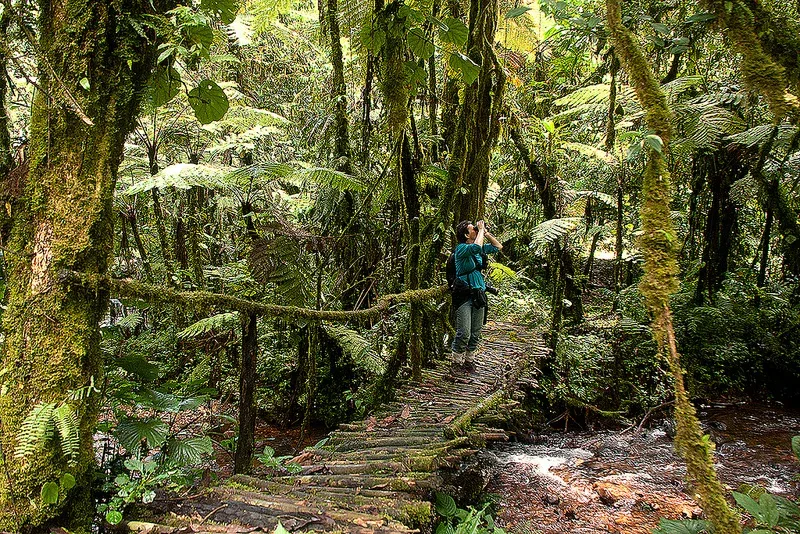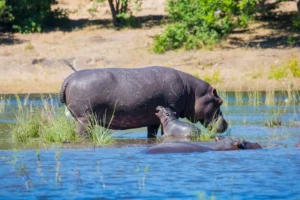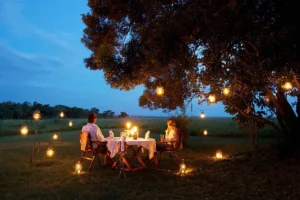Gorillas are beautiful and intelligent creatures. They can live up to 60 years in the wild, which makes them one of the longest-living mammals on Earth. Unfortunately, they’re also endangered. In Africa alone, only approximately 500 mountain gorillas are left—a tiny fraction of what they used to be! But there’s hope: Conservation efforts have led to fewer deaths and healthier populations than ever before.
The Status of Gorilla Conservation in Africa

The status of gorilla conservation in Africa is an excellent example of how the world’s wildlife needs your help. Gorillas are highly endangered, with only about 500 left in the wild. They’re also one of the most beloved animals on Earth because they’ve been around for millions of years and have a fascinating evolutionary history (they split from other apes some 10 million years ago). There’s no question that these guys deserve our attention and respect—but how can you help?
Facts about the Gorillas
Gorillas are the largest primates on Earth, with a weight of up to 350 pounds and a height of 5 feet. They live in groups called troops, which can number between 30 and 100 animals. The average lifespan for a gorilla is 35 years, but some have been known to live as long as 60 years (though they’re rare). Gorillas spend most of their time eating leaves from trees or fruit from bushes; they also eat insects like termites and grasshoppers when available.
The eastern lowland gorilla (Gorilla guereza) was once considered extinct until it was rediscovered in 1991 by scientists working at the Volta River National Park in Ghana—the first sign that this species still existed after its last sighting in 1956!
A Closer Look at the Current Situation

The current situation is that the population of mountain gorillas has increased since 1980. The number of mountain gorillas in the wild is estimated at around 880, with a total population of around 1000. In zoos, there are about 300 captive-born individuals.
Mountain gorillas have been classified as Critically Endangered by IUCN Red List due to declining numbers and habitat loss (mainly due to deforestation). However, this classification may be premature as we don’t know how many wild individuals remain or their exact status.
What are the Leading Causes of Mountain Gorilla Mortality?

It’s important to note that the leading causes of mountain gorilla mortality are not necessarily the same for African forest elephants. For example, diseases like malaria and tuberculosis have been identified as contributing factors in both species’ declines; however, there is no evidence that it was an issue for gorillas before habitat destruction began.
Poaching remains another main threat to both species: with limited populations available for sale on black markets or through poaching camps, this problem has escalated over time.
Why is it Important to Conserve Mountain Gorillas?

The mountain gorilla is a critically endangered animal. It’s estimated that between 350-500 gorillas are left in the wild, and at least 100 of those animals live in Virunga National Park. The government has protected this park since 1961 as a UNESCO World Heritage Site, but it still faces threats from illegal logging and poaching for meat and body parts.
The mountain gorilla is also vital because it plays an essential role in its ecosystem: they use their large bodies to reach high trees where they eat mature leaves; they help keep down grasses that would otherwise take over areas of the forest, and they provide shade for other animals who need shelter during rainy seasons when temperatures can reach 40 degrees Celsius (104 Fahrenheit).
Gorilla Conservation Efforts Around the World
Gorilla conservation efforts have been underway since the 19th century, but it wasn’t until the early 1900s that enough information was gathered to initiate a focused program. The mountain gorilla conservation program (MGC) was created by Dian Fossey and her husband, who established Karisoke Research Center in Rwanda as an orphanage for orphans of mountain gorillas.
In 1967, Dian Fossey became famous for studying these animals and their habitat. She documented their behavior and life cycle through observations of daily activities such as feeding time or sleeping patterns, among other things.
List of all African Gorilla Reserves and Parks
Africa is home to various habitats and environments, some of which are suitable for primates. Many African countries have been affected by war or another conflict, making it difficult for conservationists to protect their animals from poaching.
Here’s a list of all the protected areas that have gorillas living in them:
- Virunga National Park (DRC)

Virunga National Park is one of three UNESCO World Heritage Sites in DRC and covers an area of over 74,000 square kilometers on the border between Uganda and Rwanda. It was established as a national park in 1959. Still, it became part of its current status when it was designated as a UNESCO World Heritage Site on June 16th, 2007, after years of lobbying from local conservation groups like The Gorilla Doctors Project International & Wildlife Directorship Uganda Ltd. This park has been critical in protecting gorillas because it protects not just its borders but also those surrounding Mount Elgon, where most human habitation occurs within one hour’s drive away from this site!
- Bwindi Impenetrable Forest Reserve (Uganda)

Bwindi Impenetrable Forest Reserve (Uganda) – The Bwindi Impenetrable Forest Reserve was established after being declared as part of its present status on October 8th, 2008, by President Yoweri Museveni, who wanted to protect these rare mountain gorillas before they were wiped out entirely due to poaching activities occurring outside their natural habitat due mainly due lack moral laws being enforced within countries surrounding them.”
Knowing about the threats to the gorillas can help you know where to focus your efforts.
Conclusion
Gorilla conservation efforts have been ongoing for decades, but it’s clear that more needs to be done. We hope you will use this information to help protect the gorillas by learning how your lifestyle choices can affect them.







